What are cryptocurrencies. How to work with cryptocurrencies
Our customers and visitors to our website, who are not connected with smart contracts, blockchain, and Web3, are increasingly interested in cryptocurrencies. This has been particularly noticeable with the start of Russia’s full-scale war against Ukraine. In the maelstrom of events, people want to protect their money from inflation, frozen accounts, and blocked payments. People want to reduce the tax burden, the cost of money transfers, and all sorts of cash- and non-cash-related threats.
We and many of our clients are often more comfortable in the virtual world than in the real world. That is why we decided to give everyone a basic guideline on the theory and practice of cryptocurrencies. We see high social importance in it not only for Ukrainians but also for the whole world. With basic computer, smartphone, and payment card skills and having read this article, you can learn how to work with cryptocurrencies.
We oppose the use of cryptocurrencies as a means of risky investment because such use causes sharp fluctuations in their exchange rates. It creates crises in the crypto market and distorts the original purpose of cryptocurrencies as a means of payment and savings. However, we will teach you how to deal with these crises.
1. The centuries-old migration of money from material to spiritual values

Electronic money has all the traditional properties of money: universality, security, compactness, divisibility, and limited quantity. At the same time, electronic money actively continues the tendency of detaching the concept of money from material values. This tendency began with the emergence of cash, which we are accustomed to.
A few centuries ago, money ceased to be secured by the value of the material from which it is made. Instead, money began to be secured by the obligations of some large entity, usually the state. This is how the concept of fiat or fiduciary money came about. It took a revolutionary change in the consciousness of the population to begin to trust the state and its minted coins and banknotes more than sable pelts or silver bullion.
The tendency to move away from the material security of money made a major new leap “in the wake” and under the cover of the Second World War. In 1944, the Bretton Woods financial system abolished the “gold standard” for the security of currencies.
Modern electronic money creates similar revolutions because it moves even further away from material values towards non-material, hence, spiritual values such as trust in mathematics, freedom, consideration, mutual help, etc.
Naturally, the shift in consciousness will need to be as drastic as the transition from sable skins to minted coins for people to begin trusting spiritual values in the world of finance. Just as it was before, when it took centuries to learn how to trust state financial guaranties. Apparently, this transition will take many years, but it has definitely already begun. We can talk about values and trends for a long time, but that is not our main aim. Let us concentrate on the basic concepts of electronic money.
2. The development of electronic money
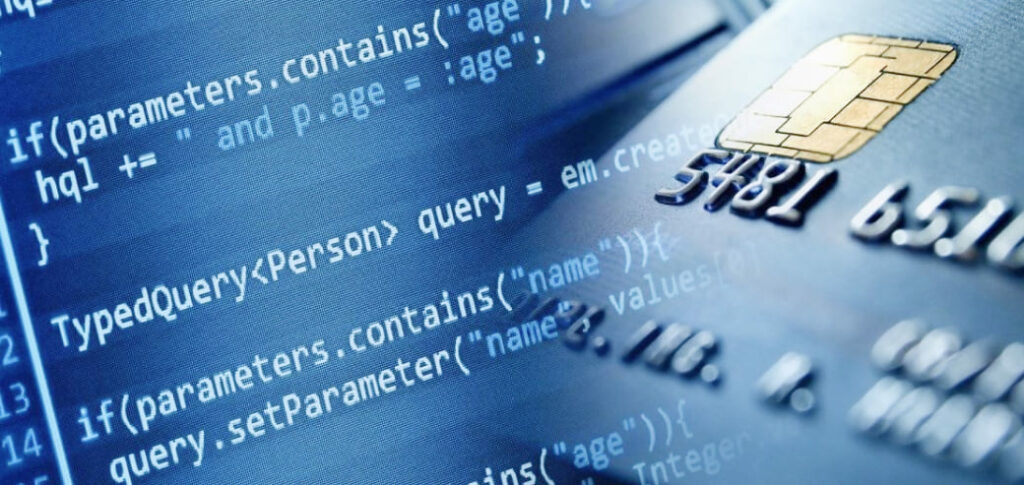
To begin with, we have noticed that people confuse the concepts of “e-money”, “digital currencies”, and “cryptocurrencies” by using them as synonyms. The terminology in this area has not yet been fully established, but it is necessary to describe the key points. So we have collected the attributes of different types of e-money and shown the differences that have evolved between them.
Electronic money is an electronic substitute for conventional (fiat, fiduciary) coins and banknotes. Electronic money is stored on electronic media and is usually designed to make electronic payments in conventional currencies. In short, electronic money is the common name for all modern non-cash money. The history of electronic money has developed smoothly since the nineteenth century. An important milestone in the development of electronic money is the emergence of bank cards in the 1950s, which were similar to modern ones.
Digital currencies are a type of electronic money that are used as an alternative or complementary currency to fiat money. Digital currencies may be linked to real currencies, precious metals, etc., or they may not be linked to anything. For example, their exchange rate can be demand-driven. Digital currencies are also called virtual currencies. They can be used in both real and virtual economies, such as online games. Digital currencies have been actively developed since the 1990s. E-Gold, DigiCash, and PayPal have contributed significantly to this development.
Cryptocurrencies, or simply crypto, are a specific type of virtual currency that operates entirely automatically in a decentralised (i.e., distributed) payment system. This system is typically based on blockchain technology on the Internet. This technology and the world’s first Bitcoin cryptocurrency have revolutionised the world of digital currencies. It gave rise to the previously unimaginable possibilities of currency emission (mining, i.e. generating), the anonymity of their ownership, the anonymity of payments, and the automation of all the financial processes.
Below are the key characteristics of different types of non-cash finances in three periods – pre-digital currencies, pre-cryptocurrencies, and the modern period – cryptocurrencies.
| Characteristics | Electronic money (pre-1990s) | Digital currencies (1990s to 2009) | Cryptocurrencies (after 2009) |
| Centralised emission | + | +/– | – (+) |
| State regulation | + | +/– | – (+) |
| Anonymity | – | +/– | + (–) |
| Operating in automatic mode | – | +/– | + (–) |
| Irreversibility of transactions | – | +/– | + (–) |
The “+/–” in the middle column indicates that digital currencies before cryptocurrencies were something of an intermediate step in the development of electronic money, as they had technical and legal limitations, which decreased significantly with the advent of cryptocurrencies. This change occurred with the advent of Bitcoin in 2009.
The development of cryptocurrencies has resulted in a wide range of variations and discovered their properties that are often the opposite of those in the right-hand column of the table. For example, centralized issuance of cryptocurrencies, reversibility of transactions (so-called rollback), violation of anonymity (identity verification in exchangers and exchanges, transaction tracking, log analysis, etc.). We marked this fact with the opposite signs in brackets. However, we will consider the signs without brackets as the main ones, because they describe the principal difference between cryptocurrency and classical money, including electronic money before the 1990s.
3. Practical problems of cryptocurrencies and the solutions

Despite the revolutionary ideas of freedom, convenience, and security projected in Bitcoin, the practical implementation of Bitcoin and altcoins (alternative cryptocurrencies to Bitcoin) revealed a number of shortcomings. First and foremost, there are money security issues, attempts by governments to regulate cryptocurrencies, and the volatility of cryptocurrency exchange rates. Let us look at how we can address these problems and limitations, and what we can expect from cryptocurrencies in the future.
3.1. Money security issues
The online world contains as many threats as the physical world. There are all kinds of mistakes, lost passwords, fraud, hacking through technical vulnerabilities, and so on. Money can be lost in hundreds of different ways. In this case, the state, with all its law enforcement agencies, is most often unable to help.
If ordinary money is lost, the owner has some chance of getting it back through the police, the courts, etc. However, states are powerless in managing cryptocurrencies because of their inherent independence from states. In other words, we have to deal with the security of our cryptocurrencies on our own, without relying on anyone else.
At first, this may seem like a risky and difficult task. Learning the basic rules and security measures for dealing with cryptocurrencies simplifies the task and reduces the risks. These rules and measures are described in more detail in sections 6 and 7 below.
With the right approach, the risks of cryptocurrency transactions are lower than the usual financial risks under the conditions of, for example, martial law. War and social disasters are good incentives to start exploring new technologies. On the other hand, for those who do not yet have a war, it does not make sense to wait for such incentives. Instead of learning technologies in a hurry, you can learn them in a calm peacetime environment.
3.2. Attempts by states to regulate cryptocurrencies
States claim to be trying to solve the money security problem described in point 1. However, given the inherent independence of cryptocurrencies from centralized regulation, there is something else behind these claims.
States have always tried, are trying, and will continue to try to control all meaningful processes in society. The overall value and volume of the cryptocurrency market have long surpassed the threshold at which states could ignore the cryptocurrency phenomenon. Therefore, you need to assess whether you trust your government’s claims that it can protect your rights and interests when dealing with cryptocurrencies.
If you have registered with a large crypto exchange in a developed law-governed state, it is possible that the state will help you with a few individual security issues. In all other cases, the government’s interest is primarily to collect additional taxes and fees from cryptocurrency transactions and ownership.
We are not against taxes and levies, but their time is fast running out. The role of governments in the cryptocurrency world is rather collateral and as temporary as the role of digital currencies in the pre-cryptocurrency era. The economy and finance of the future will likely be much broader than it is now, based on market regulation of all economic and financial institutions. Even, paradoxically, fiscal ones.
For educational purposes, and for long-term cryptocurrency storage, we recommend that you use non-custodial cryptocurrency wallets instead of large cryptocurrency exchanges. You can exchange money on both cryptocurrency exchanges (where users swap money directly) and exchangers (where the exchanger sells the currency from their reserve), including anonymous ones.
Non-custodial wallets, such as Trust Wallet, do not share your private cryptographic key, which protects your cryptocurrency funds, with anybody. Thus, their protection is up to you and no one else. Read more about wallets and exchangers in this article below.
3.3. Cryptocurrency rate volatility
A major side effect of cryptocurrencies was discovered when investors started to trust them. Cryptocurrencies began to be seen by people as a means of increasing money rather than money itself, i.e. a means of storing and transferring value. Therefore, capital flowed heavily from the real world to the virtual one and back again.
Cryptocurrency investment deals, news about government regulation of the crypto market, and news about hacks of cryptocurrency exchanges have provoked and continue to provoke sharp fluctuations in the value of cryptocurrencies relative to fiat currencies. Such fluctuations (volatility) make it very difficult to use cryptocurrencies for their intended purpose of storing funds and making payments.
To solve this problem, Tether launched USDT in 2015, one of the world’s first stablecoins. It is a “stable cryptocurrency” pegged to the US dollar by backing it with fiat currency and securities, and by flexibly changing the capitalisation of the digital currency in response to demand for it. We put the term in quotes because, firstly, there are still a number of legal and technical stability issues with stablecoin. Second, purely technically, stablecoins are not cryptocurrencies, but tokens – analogues of securities, only in the virtual, blockchain-based world.
The stability of a stablecoin is usually dependent on the decisions of the company issuing the stablecoin. The existence of some sort of issuing centre for stablecoin contradicts the very decentralised nature of cryptocurrencies.
Nevertheless, at the time of writing this article, the capitalisation (total volume) of USDT was USD 73 billion with a total capitalisation of stablecoin of 145 billion and a total capitalisation of cryptocurrencies of USD 1,250 billion. By comparison, the annual budget of a country like Ukraine is USD 59 billion.
Apart from USDT, there are other stablecoins. The top three, in terms of total capitalisation (market cap), also include USDC (USD Coin) and BUSD (Binance USD) coins, which appeared in 2018 and 2019 respectively.
If you want to get started with cryptocurrencies relatively safely and gain some stability in the world of cryptocurrencies, use stablecoins for starters. They’re handy for training, money transfers, temporary storage, and as intermediate currencies when converting between real cryptocurrencies and fiat currencies.
In the longer term, stablecoins’ role in the cryptocurrency world is as temporary as that of governments. There are more and more ways to earn bitcoins and other real cryptocurrencies on the planet, and more and more ways to spend them on all sorts of goods and services. There are also more and more ways to exchange real money for virtual money and back. As cryptocurrencies are used more and more often as actual money rather than “securities”, their intrinsic value will increase compared to the speculative one, and therefore their exchange rate against real currencies will stabilise.
Thus, we have looked at the three main problems of the cryptocurrency world, learned about approaches to solving them, and gained an initial insight into how the development of cryptocurrency technology will solve these problems over time.
4. Types of cryptocurrencies. Blockchain standards. Gas
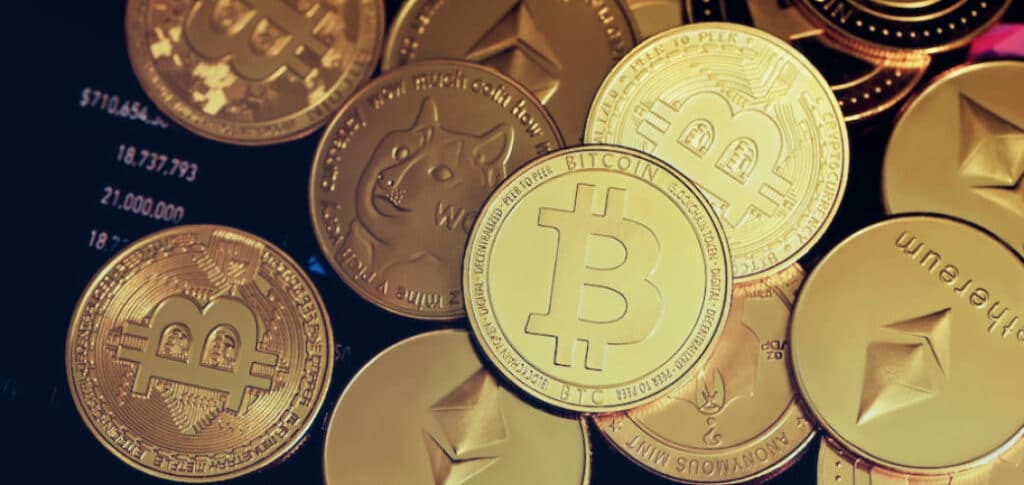
The last theoretical section is necessary before moving on to practice. Above, we mentioned the very first and largest cryptocurrency – Bitcoin, or BTC for short. Bitcoin’s market cap at the time of writing remains the highest of any cryptocurrency, at USD 571 billion.
Bitcoin transactions require the payment of a network fee. At the time of writing, this fee is 0.0001-0.0002 BTC, which is approximately $3-6 USD per payment.
As we mentioned above, in addition to Bitcoin, there are other cryptocurrencies called altcoins. Most of them vary to some extent from Bitcoin’s decentralisation and independence models. For this reason, some analysts even refer to most altcoins as pseudo-cryptocurrencies or fake cryptocurrencies.
The market cap of even the biggest altcoin is much lower than that of Bitcoin. This indirectly shows people’s higher confidence in Bitcoin than in any altcoin. On the other hand, the combined value of all altcoins already exceeds the value of Bitcoins. It shows that people are interested in different technologies. In turn, it reflects the development of the industry.
The second-largest cryptocurrency in terms of market cap (244 billion USD) and the main altcoin is Ether, abbreviated to ETH. Ether emerged in 2015 and is useful in that it can be used not only as an investment vehicle and a means of payment but also as a gas – a fuel (means) of payment for cryptocurrency transactions. In other words, Ether is needed to pay fees for payments in Ether and other cryptocurrencies on the Ethereum network. We are going to touch more on the concept of gas below.
Ether operates on the Etherium network based on the ERC20 standard network also known as ERC-20. This blockchain standard (protocol, platform) was also proposed in 2015. The ERC20 protocol has greatly simplified the use of different cryptocurrencies within a single platform (network). For example, USDT, USDC, and many other currencies can run on the ERC20 protocol in addition to Ether.
In addition to the ERC20 standard, there are several other blockchain protocols. One of the best-known alternative protocols to ERC20 is TRC20 (or TRC-20). The cryptocurrency Tron (abbreviated TRX) serves as the ‘gas’ on this platform.
The TRC20 protocol is notable for the fact that the fee per transaction is only about $1-$2. This is much lower than the $7-$15 transaction fee of the ERC20 network.
USDT and USDC stablecoins operate on ERC20, TRC20, and BEP20 networks, as well as on some other protocols.
5. Types of cryptocurrency wallets. Direct deposit and exchange
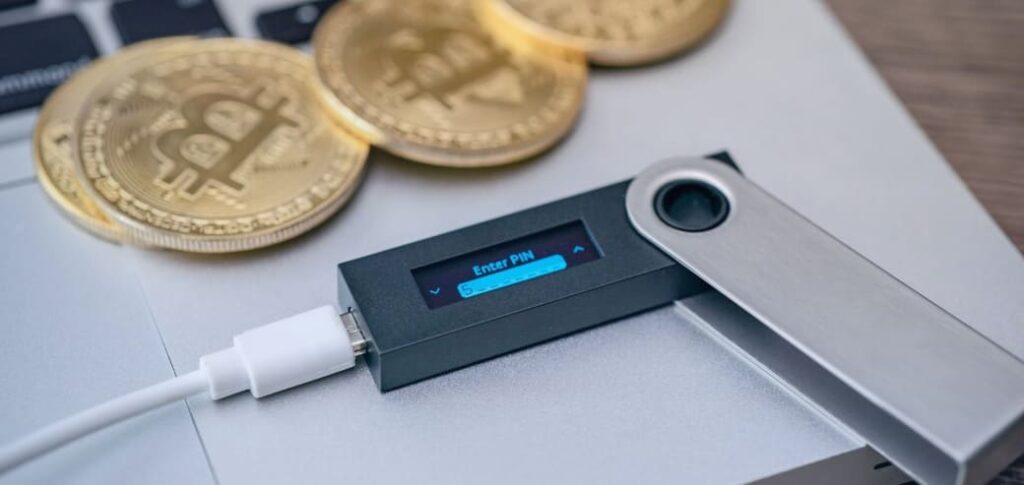
Let’s move on to practice. First, you should learn how to use a VPN service to access blocked websites. Although we understand the security concerns of governments and corporations, we need to think about our own security as well. We have to protect ourselves and our finances and learn new technologies. Blocking websites on the Internet does not at all promote freedom of choice or progress. Therefore, we believe it is justified to use a VPN to bypass blocked websites for training and security purposes. On the other hand, be careful when using a VPN, as some of these services steal sensitive user data. Choose only reliable VPN services with good reviews.
The key concept when getting started with cryptocurrencies is a crypto-wallet or just a wallet. There are custodial and non-custodial wallets. We wrote about the security of wallets earlier.
The choice of wallet is a matter of taste. If you are used to taking care of your own passwords, backups, and other security measures, then non-custodial wallets will work for you. We recommend Trust Wallet. This mobile app is recommended by the world’s largest cryptocurrency exchange, Binance. Download this mobile app on your smartphone and follow the instructions of the mobile app and its help system.
The most important thing is to keep your wallet passphrase on paper in a secure place. If your passphrase gets to an attacker, this phrase will be enough to steal all your money.
In the application, choose the cryptocurrencies (tokens) and protocols that you want to use. For example, BTC, ETH, TRX, USDT ERC20, USDC ERC20, USDT TRC20, and USDC TRC20. Tokens with a zero balance will show up in your brand new wallet, which is ready to be recharged, i.e. to accept crypto.
To top-up your wallet, select the desired crypto, click “Get”, copy the QR code and address of that wallet, and share them with the person who will send you the crypto. Expect funds to be credited to your crypto wallet and a corresponding notification from your smartphone.
Another way to fund your wallet is to buy crypto directly from your wallet. To do this, click “Buy” and use your bank payment card to purchase the cryptocurrency from an online exchanger (exchange point), which is a partner of the wallet.
To exchange one cryptocurrency for another within the same protocol, you can use the exchange function directly in the wallet. This is done quickly and with a relatively small commission fee.
When learning and working with cryptocurrency systems, you often have to use creativity, trial and error, and other methods to reach your goals. This increases the risks of losing money and time.
Therefore, before you start learning more about working with cryptocurrencies, you need to learn the common mistakes that beginners and even experienced users make.
6. Top 7 mistakes in cryptocurrency transactions
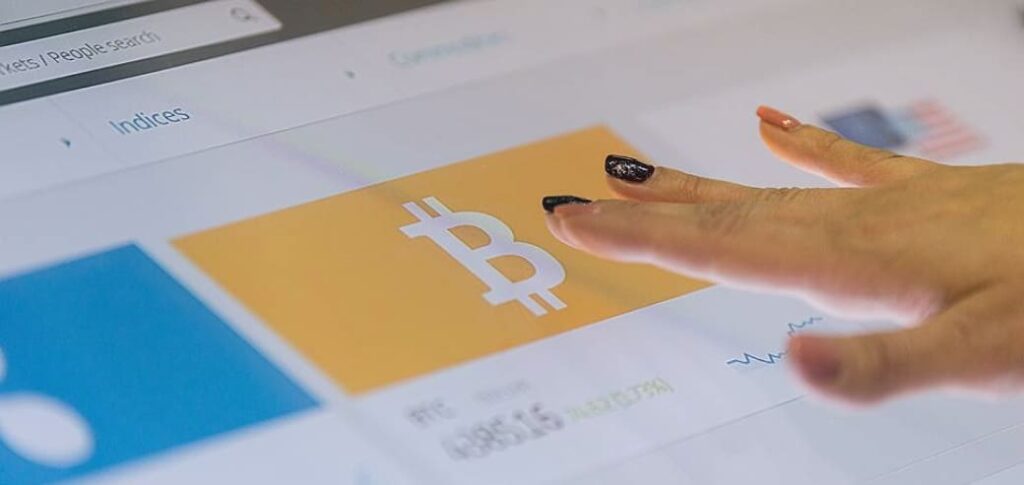
This list of mistakes and measures to deal with them is ordered by their significance in descending order:
- Loss, leakage or disclosure of a passphrase or private key. We keep repeating that this is the most serious mistake that can cost you all your cryptocurrency savings. Do not store your passphrase on your smartphone, computer or send it via email, chat, etc. Write your passphrase, preferably by hand, directly from your smartphone screen. Otherwise, if your computer is infected, printing your passphrase out could leak it. Write your passphrase on two separate pieces of paper, laminate them, and store them in two different locations.
- Using unverified links, obscure and other untrustworthy wallets or services. Any incident with such an unreliable system could result in losing all your cryptocurrency. Only use verified applications from trusted sources.
- Ignoring two-factor authentication. Without additional verification on your smartphone, you could lose access to your own wallet and all the money in it, if your computer is hacked or your password is leaked. Set up two-factor authentication now for all important accounts, not just cryptocurrency accounts.
- Misspellings of the recipient’s address. If you make such a mistake, you could lose the amount of the money transfer. Obviously, if a mistake is made in several transactions, their total amount is lost. You should check the recipient’s address carefully before each payment. If the address was copied from a secure location via clipboard or QR code, it is advisable to check not just the first or last characters of the recipient’s address, but the entire address.
- Errors in blockchain protocol selection (sender and receiver protocol mismatch). This mistake could result in losing one or more transactions. It is necessary to specify the protocol carefully in cryptocurrency transactions. If a service does not indicate which protocol it works with (for example, writes simply USDT, not indicating ERC20 or TRC20), make sure to clarify it with the help system or support.
- Other cryptocurrency transfer preparation mistakes made due to inattention (insufficient diligence before sending funds). Users have been known to confuse the fields for entering the amount and the gas, and pay several million dollars for sending a few hundred dollars. Check, double-check, and use the four-eyes principle, i.e. involve another person you trust who will validate your actions.
- Other mistakes: sending a zero amount, sending funds to yourself, receiving a transfer to a hidden account, mistakenly hiding an account from your wallet, etc. Such mistakes are fraught with loss of gas for meaningless transactions, loss of nerves and time for detection of hidden accounts, etc. Often these are harmless mistakes, but if you find that something goes wrong, it could be a sign of either a lack of your knowledge or a lack of diligence. In the long run, this can translate into more serious mistakes and loss of significant money. So make sure you look for text or video tutorials on the specific issue you are dealing with.
7. Security measures when dealing with cryptocurrencies
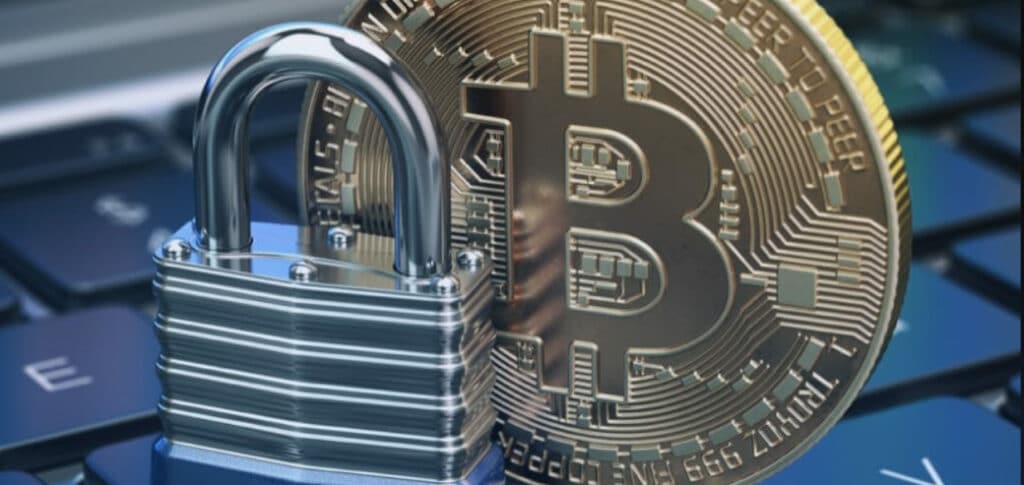
Previously in this article, we have mentioned several times, and in earlier articles, we have written about security measures and rules when dealing with cryptocurrencies. The most important of these measures and rules are worth repeating, restating, and summarising.
Before you start transferring substantial amounts to your wallet, check if you can, using your secret passphrase, regain access to your wallet after a complete reset of your smartphone (factory reset). This way you can secure your funds in case your smartphone is damaged or lost.
If you suspect that your passphrase may have become known to someone else, urgently create another wallet with a different passphrase and transfer all the money from the old wallet to the new one.
If you are not sure about the security of your computer, use only your smartphone for cryptocurrency transactions. Smartphones are usually better protected than computers, especially if you only install mobile apps from the App Store or Google Play and only those with high ratings.
Ideally, especially when dealing with big money, it is worth using a special hardware cold wallet or a separate smartphone for cryptocurrencies that is not used for anything else.
Finally, do not forget that MS Windows computers, especially when using “pirated” (counterfeit) applications, are more vulnerable to viruses, spyware, scams and other malware than Mac OS or Linux computers.
We hope you have learned that information security measures, caution, and diligence are key requirements for protecting your cryptocurrency funds. By applying the basic rules and security measures described in this article, you significantly reduce the risk of losing your electronic money.
8. How to cash, buy or exchange cryptocurrency from an exchanger
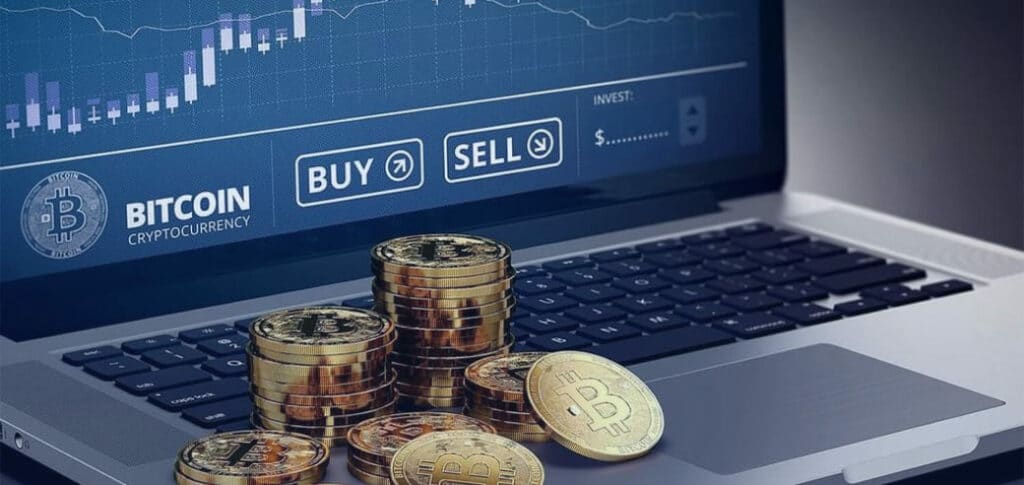
Using third-party online exchangers that are not affiliated with your wallet can be a bit more complicated than the transactions described in section 5 above. However, third-party exchangers give you more transaction options for different types of currencies. Third-party exchangers may also be more beneficial in terms of lower transaction fees. It therefore makes sense to improve your skills in using different exchangers.
There are quite a few such exchangers on the Internet, because this is a relatively simple business. However, some exchangers are fraudulent. So the main concern when choosing an exchanger is to check its reputation and reliability.
To choose another exchanger, you can use the recommendations of major services or friends you trust, as well as user reviews about the exchanger. On the Internet, all secrets quickly come out. Fraudulent, hacked or bankrupt exchangers quickly lose their reputation. So you can google the website address of the exchanger with the word “reputation”, “hacking”, “bankrupt”, or “scammers”.
Once you have chosen the right exchanger, working with it becomes a matter of technique and involves the following steps and principles:
- Pay attention to the currency reserves declared by the exchanger. They should be much larger than the amount you intend to exchange. The bigger the reserves, the better.
- Some exchangers, especially large ones or for large exchange amounts, require verification of your identity: passport scan, selfies or other such inconveniences. Send your personal details only to the most reliable and trusted exchangers.
- Exchangers always require 100% prepayment. Only once they have received the full amount in one currency, will they send the full amount in the other currency.
- All of the exchanger’s transactions are paid for by a fee, which is typically a few percent of the transaction amount. This is how the exchanger makes money.
- If at any point before you actually send the funds to the exchanger you start to feel that its procedure or interface is too inconvenient or you become suspicious, try another exchanger.
- If you are cashing out the crypto, provide your payment card number or other bank details to the exchanger.
- If you are buying crypto, provide your wallet address and the recipient protocol.
- Similarly, you can use an exchanger to swap one cryptocurrency for another or to transfer your cryptocurrency from one protocol to another. If the exchanger doesn’t have the desired transfer direction (combination of source and destination), use another exchanger or popular stablecoins as an intermediate means of storing funds.
- Don’t forget that you need gas for every cryptocurrency sending transaction from your cryptocurrency wallet. That is, you must have some amount of ETH, TRX or other cryptocurrency acting as fuel for the transactions.
- Transfer the funds to the exchanger’s wallet, account, or payment card. The exchange process can take a few minutes to a few hours. Failure to receive funds within 24 hours is usually grounds for a claim against the exchanger.
- You can save the exchangers you have tested in your browser bookmarks so that you do not have to search again, when you need to exchange again.
- Periodically check for news about the exchangers you use on Google. To do this, it’s convenient to set up daily Google Alert notifications for the exchanger’s website address and the words “reputation”, “bankruptcy”, “hacking”, and “scammers”, or “fraud”. Then check your email on a regular basis to see if the reputation of the exchanger has deteriorated since you last used it.
9. Using Bestchange service

To effectively solve the problem of monitoring the reputation of exchangers, websites like bestchange.com are used. This website checks all customer complaints and acts as an authoritative judge for any complaints and disputes. Exchangers are doing everything to not fall under the sanctions of bestchange.com and not be excluded from its listing.
The website bestchange.com has three display modes for the “Give” and “Get” columns. These are “Table”, “List” and “Popular” modes. Try each mode and see which one works best for you. The choice of specific currencies and protocols in the “Give” and “Get” columns is the choice of the direction you need to buy, cash out or other currency exchange. Let’s take a closer look at this choice.
To cash out crypto, specify what exactly you want to give away (that is, what kind of crypto you have) and what you want to receive in return (that is, where you want to withdraw money). For example, you have USDT ERC20 crypto on your crypto wallet. You want to exchange it for USD and receive them on a VISA payment card in order to cash out later. In the “Give” column, select Tether ERC20 (USDT). In the “Get” column, select “VISA/MasterCard USD”.
If you need to do the opposite, buy a crypto for usual money, you can proceed similarly to the approach described above, only in the opposite direction. That is, select in the “Give” column, for example, “VISA/MasterCard USD”, and in the “Get” column, for example, “Ethereum (ETH)” or “USDCoin TRC20 (USDC) “.
When you select items in the “Give” and “Get” columns, a list of exchangers appears on the right. In the right column named “Reviews”, the number of unresolved customer complaints about the exchanger (unclosed claims against it) is indicated, then slash, then the number of positive customer reviews. Refrain from using exchangers with at least one unresolved claim.
At the top of the list, there are the exchangers with the best rates. These are not necessarily the most convenient exchangers. For starters, you can try the first exchanger on the list that has no pending complaints. Follow the instructions of this exchanger and our instructions described above in section 8.
Be sure to periodically check on the Bestchange service to see whether the reputation of the exchanger has deteriorated since you last used it.
10. How to send cryptocurrency
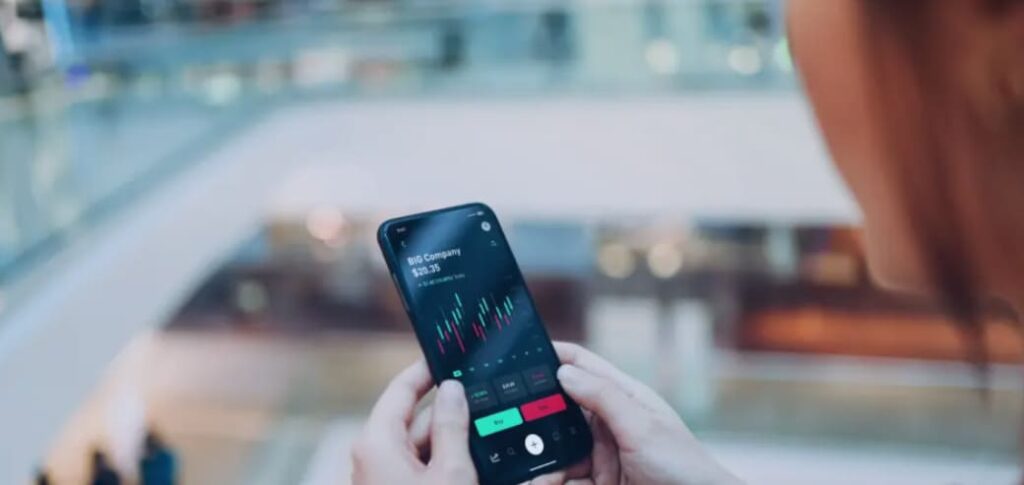
The method of transferring cryptocurrency to anyone you know or a stranger (i.e. cryptocurrency payment) depends on what cryptocurrency you have and what cryptocurrency the recipient wants. If it’s the same cryptocurrency on the same protocol (e.g. USDC TRC20), use the cryptocurrency sending feature in your cryptocurrency wallet. This kind of sending is cost-effective and usually takes a few minutes, in rare cases hours.
If you have a certain cryptocurrency on a certain protocol, but the recipient needs another cryptocurrency or crypto on a different protocol, you need to follow the same steps as exchanging (converting) cryptocurrencies in exchanger described above.
In the recipient details, specify the wallet address and the recipient protocol. Then enter the required amount and pay attention to the exchanger’s fee. Transfer funds to its address and protocol. In a few minutes or hours, the recipient will have received the desired amount.
Another option to convert crypto is using an online exchange. Trust Wallet has such a feature. We will describe the use of crypto exchanges in a future article on our blog, so as not to complicate an already long article.
Conclusion
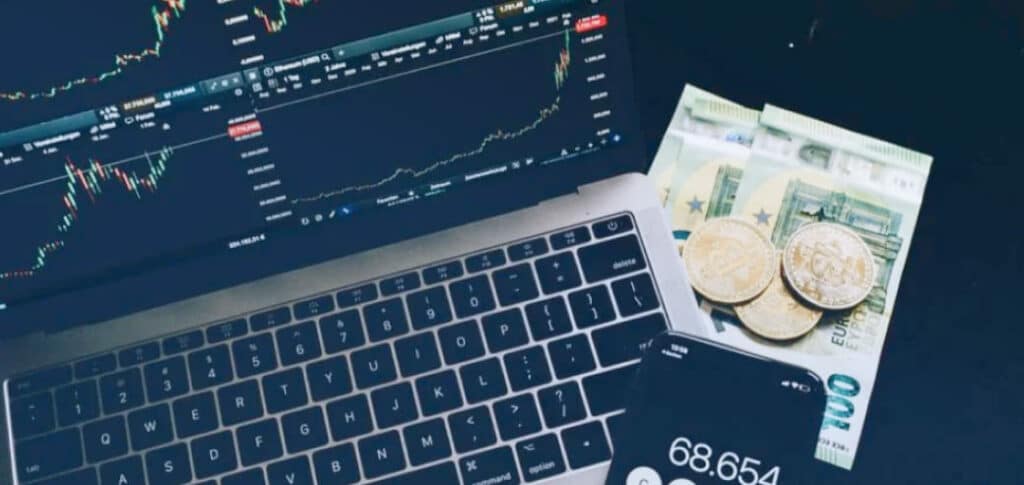
We have covered the basics of cryptocurrency theory and practice. These instructions should be enough for you to start trying to buy, sell, receive, send, and exchange major cryptocurrencies and stablecoins. We hope that we have clarified the main threats and risks when dealing with cryptocurrency systems, and explained how to mitigate those threats and risks.
For more serious blockchain security issues that require expert knowledge and comprehensive system solutions, please contact us for a free consultation.
We wish you secure operations with cryptocurrencies and a successful adoption of advanced financial technologies.
Subscribe to our Telegram channel so you do not miss new articles on our blog.
